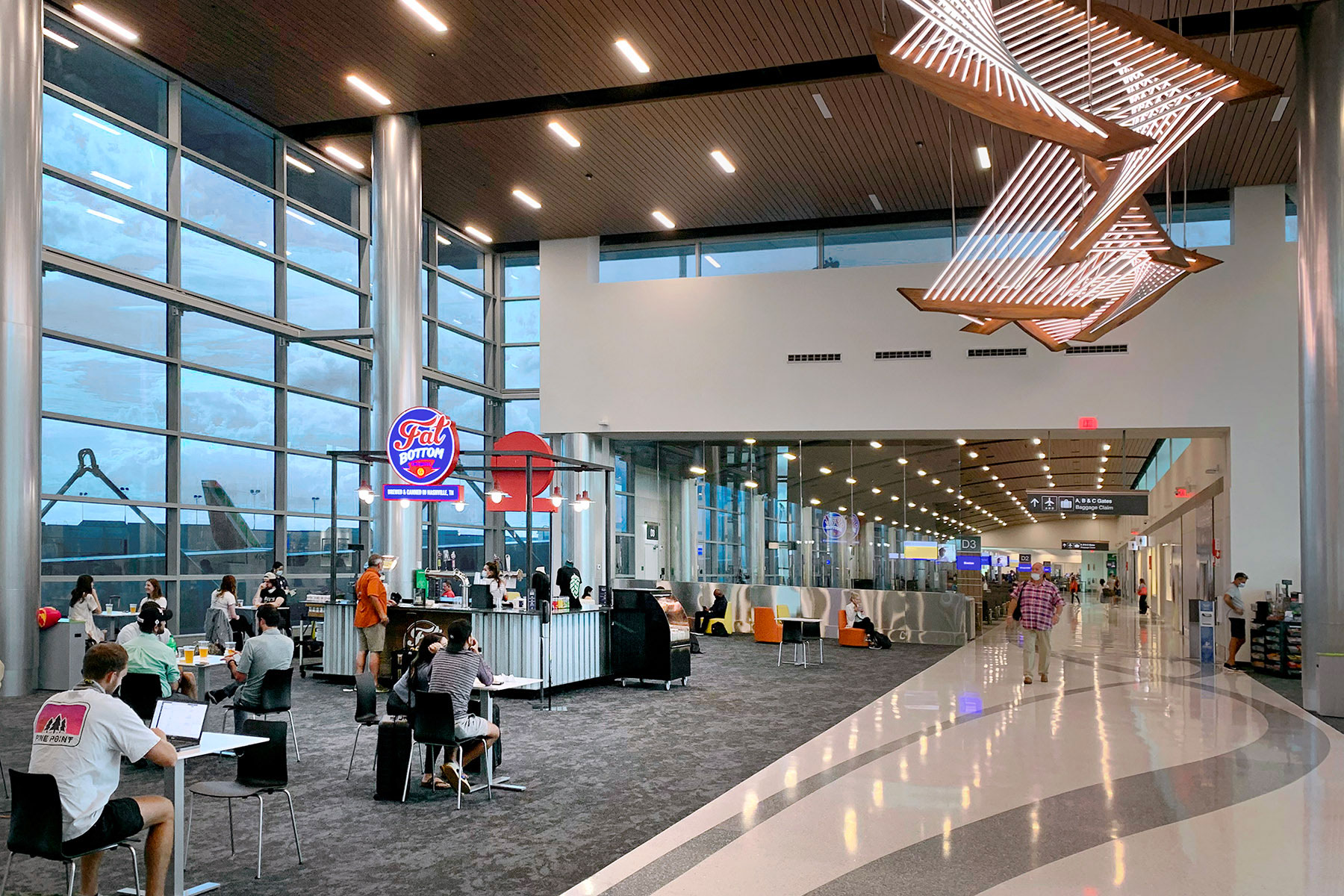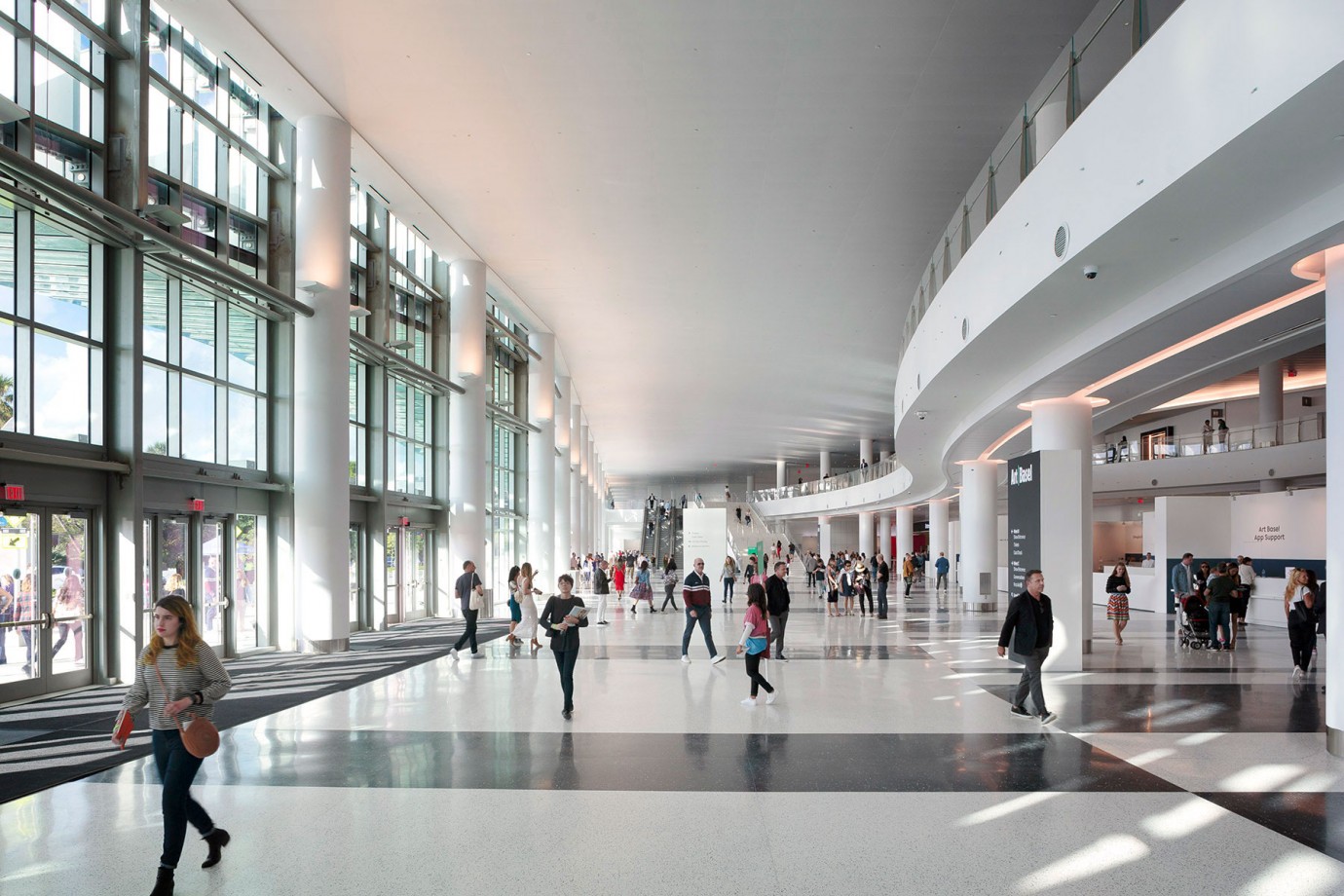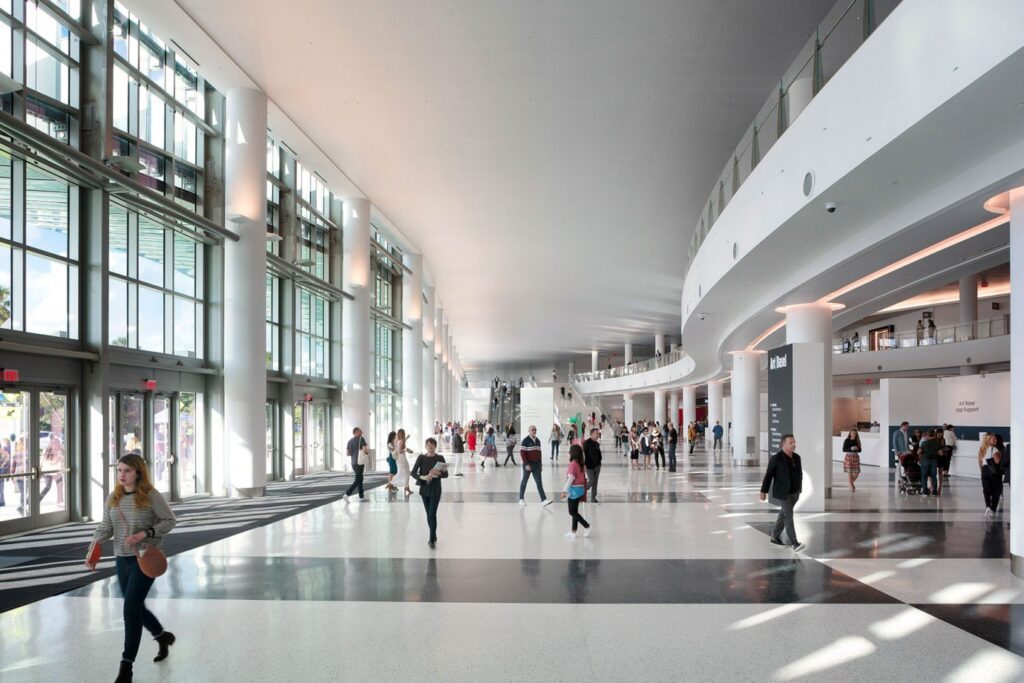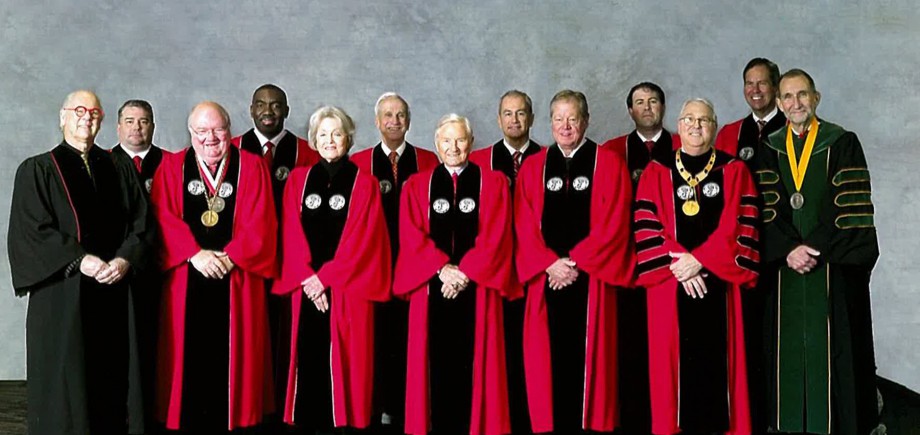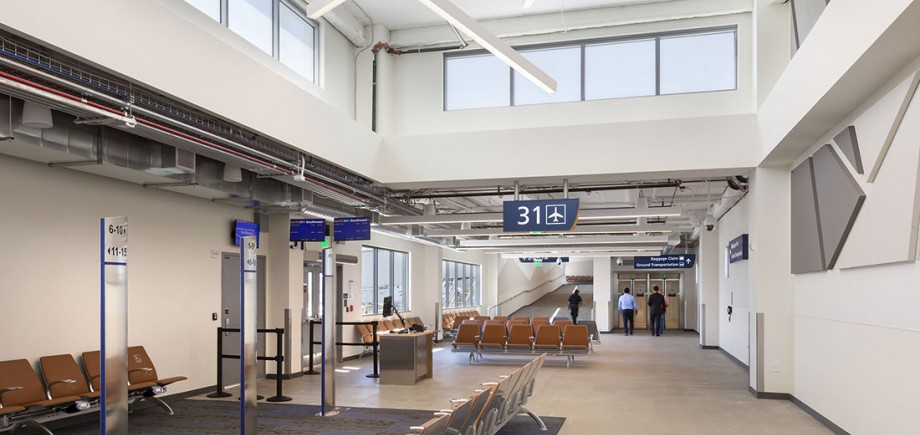#5 Convention Centers + Conference Centers
#8 Airport Terminal
#10 Museums
Fentress Architects has ranked as one of the top architecture firms in Building Design + Construction Magazine’s 2020 Giants 400 Report. Internationally known for innovative, award-winning design of diverse building types—including airports, museums, convention centers, civic and government buildings, laboratories, and higher education facilities—Fentress ranked #36 on the Top 155 Architecture Firms list, progressing nine places from its 2019 ranking at #45.
In addition to the firm’s recognition as one of the Top Architecture Firms for 2020, Fentress, whose portfolio features over 40 convention center designs including the recently completed LEED Silver Miami Beach Convention Center, is ranked #5 in the Convention Centers / Conference Centers sector. With over $23.8 Billion and 115 Million square feet in aviation projects, the firm is ranked #8 in the Airport Terminal sector. Fentress also landed #22 in the overall Cultural Facilities sector, #10 in the Museums and Galleries category, #63 in the Office – Buildings / Core+Shell sector, and #98 in Office – All Building Work.
“We are proud that our firm was recognized for our continuous efforts to elevate design excellence in public architecture,” said Fentress Architects Principal in Charge of Design Curtis Fentress, FAIA, RIBA. “Our ability to drive growth throughout the industry reflects our team’s unwavering commitment to innovation, along with the collaborative efforts of our clients and project partners.”
Over the past year, Fentress’ projects achieved major milestones including the completion of four world-class projects: the new Johnson County Courthouse in Olathe, KS; the new Concourse D and Terminal Wings at Nashville International Airport® in Nashville, TN, which also became one of only five airport facilities in the US to achieve LEED v4 Silver certification; the Terminal Balancing and Concourse E Extension at Portland International Airport in Portland, OR; the Denver Art Museum North Building Renovation and Anna and John J. Sie Welcome Center in Denver, CO; and the Miami Beach Convention Center Expansion and Renovation in Miami Beach, FL, which also achieved LEED Silver certification.
As a testament to Fentress’ recognition, the firm garnered 16 awards for design excellence and innovation in 2020 alone, including the American Institute of Architecture (AIA) Colorado’s Twenty-Five Year Award for the Denver International Airport as well as the AIA Western Mountain Region’s Twenty-Five Year Award for the Clark County Government Center. The Miami Beach Convention Center landed a Silver Award in the Façade category of the 2020 World Architecture News (WAN) Awards and a 2020 BEST Award in the Serve category from the International Design Association’s (IIDA) Rocky Mountain Chapter.
Positioned for a strong 2021, Fentress is anticipating the upcoming completion of the Fred D. Thompson Federal Building and U.S. Courthouse in Nashville, TN as well as the Royal Norwegian Embassy Chancery Renovation in Washington, DC. Additionally, the firm is working on the new South Terminal C at Orlando International Airport, the Terminal Lobby and International Arrivals Facility at Nashville International Airport, the new Mickey Leland International Terminal at George Bush Intercontinental Airport, the U.S. Courthouse Huntsville, Alabama, and the National Museum of Intelligence and Special Operations—just to name a few.
